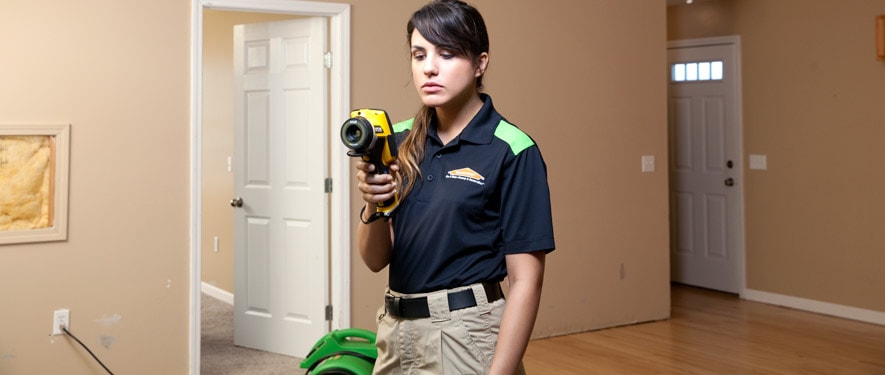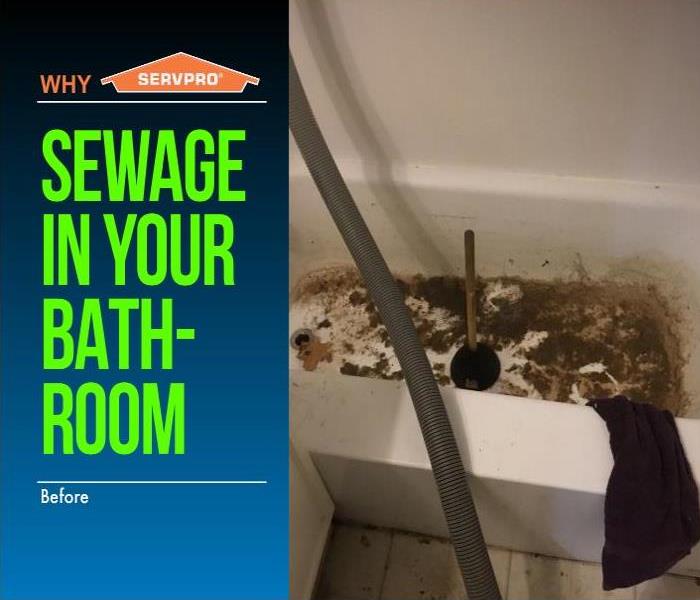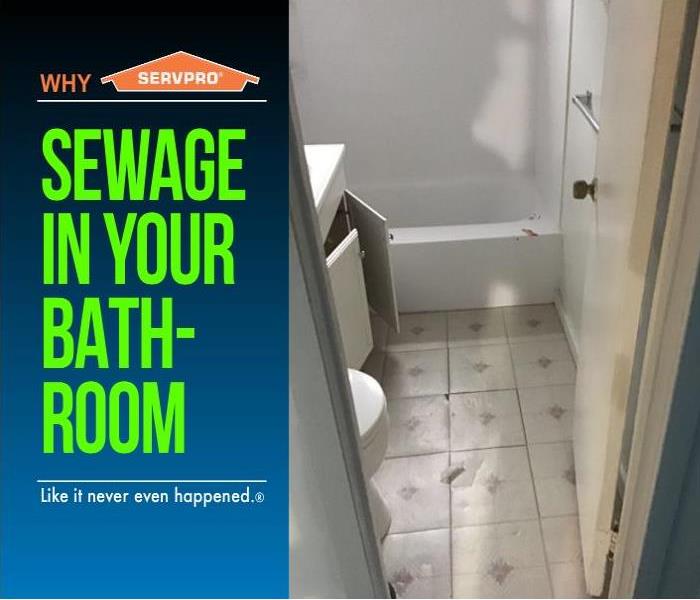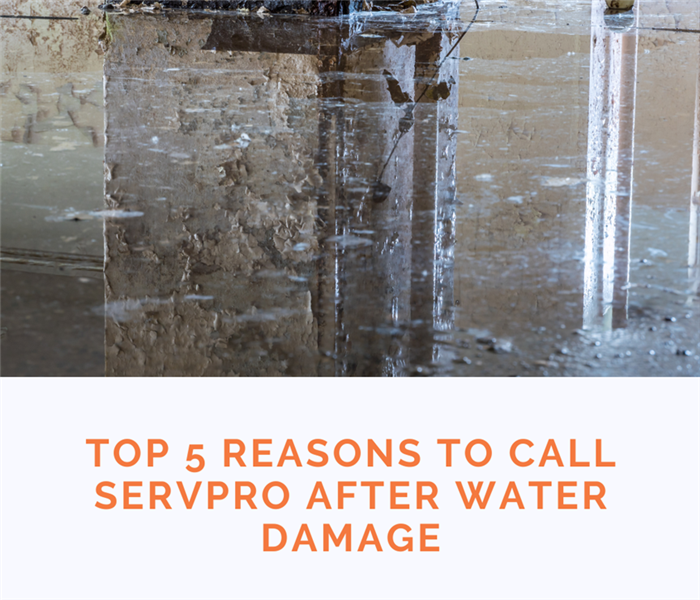
Step 2: Inspection and Water Damage Assessment
Our Water Damage Restoration Process
Our water damage restoration process begins with a thorough inspection of your property to assess the extent of the damage and develop a plan of action. We identify and stop the source of the water to prevent further damage and check for any contaminated water, categorizing it as clean water, gray water, or black water.
After identifying the water type, we survey the damage to determine the moisture's extent and potential safety hazards like lead or asbestos. We then move or block furniture to prevent additional damage to wet carpet and belongings.
Our goal is to restore your property based on industry guidelines, ensuring a safe and complete restoration process. We take all necessary steps to address the water damage efficiently and effectively, leaving your property restored to its pre-damaged condition.
Identify and Stop the Water Source
We will check for the source of moisture in your home or business. The source must be stopped before any restoration or drying of the building can be successful.
- Stop the Source
- Check for Contaminated Water
Identify the Type of Water
We will identify the category and classification of water damage to ensure our professionals restore your property based on industry guidelines. The level of contamination of the water will affect the specific restoration processes we use.
- Category 1: "Clean Water"
- Category 2: "Gray Water"
- Category 3: "Black Water"
Survey the Extent of the Water Damage and Inspect the Premises
We inspect and test to determine the extent of damage and how far the moisture has traveled to ensure proper and complete restoration. In addition, we will inspect for safety concerns that may be evident. If there are any safety issues like lead or asbestos, please bring them to our attention.
- Survey Damage
- Complete Safety Inspection
Move or Block Furniture
We move furniture and property contents and block items to help prevent rust or furniture stains on wet carpet.
- Block Furniture





 24/7 Emergency Service
24/7 Emergency Service





